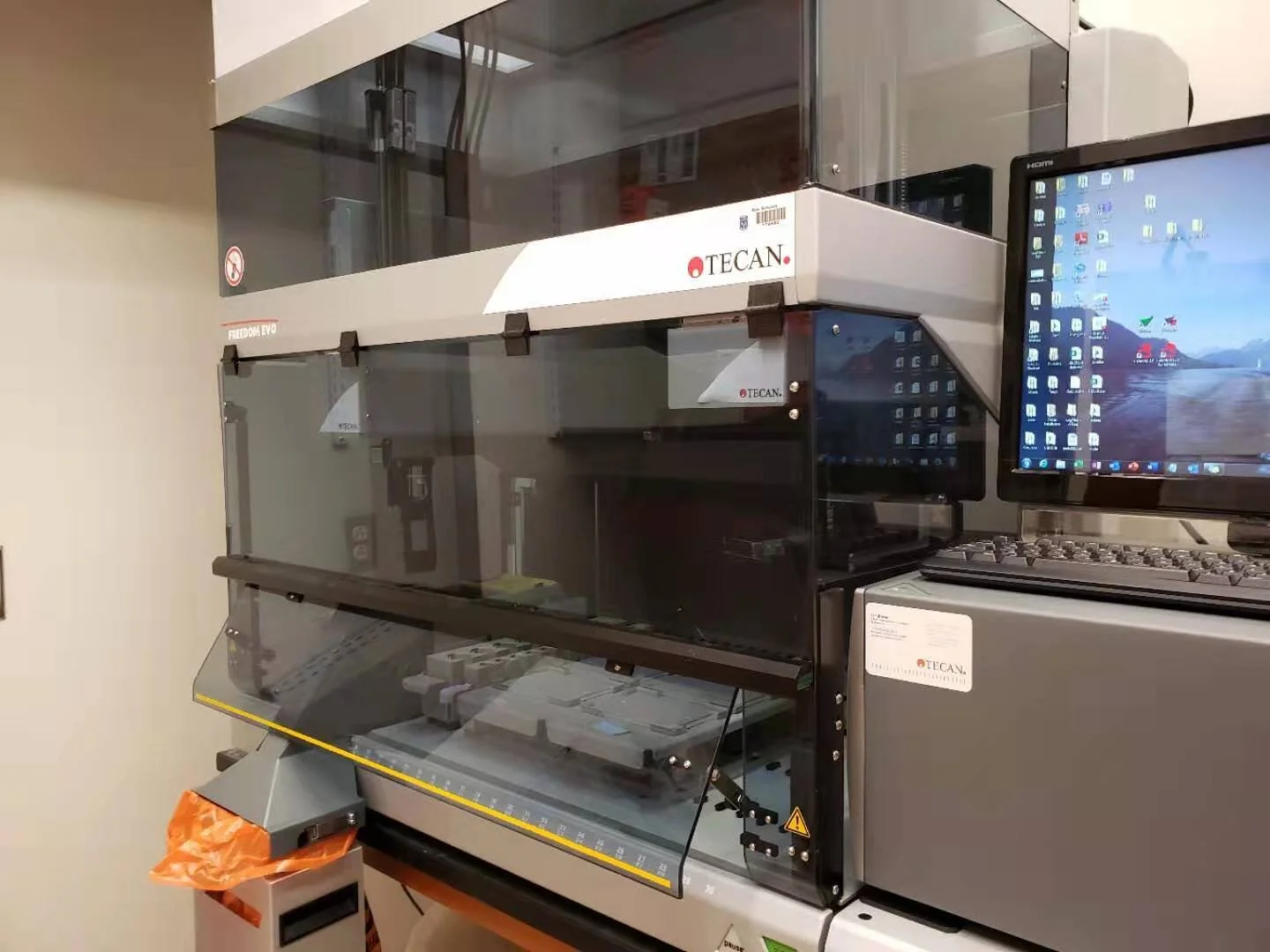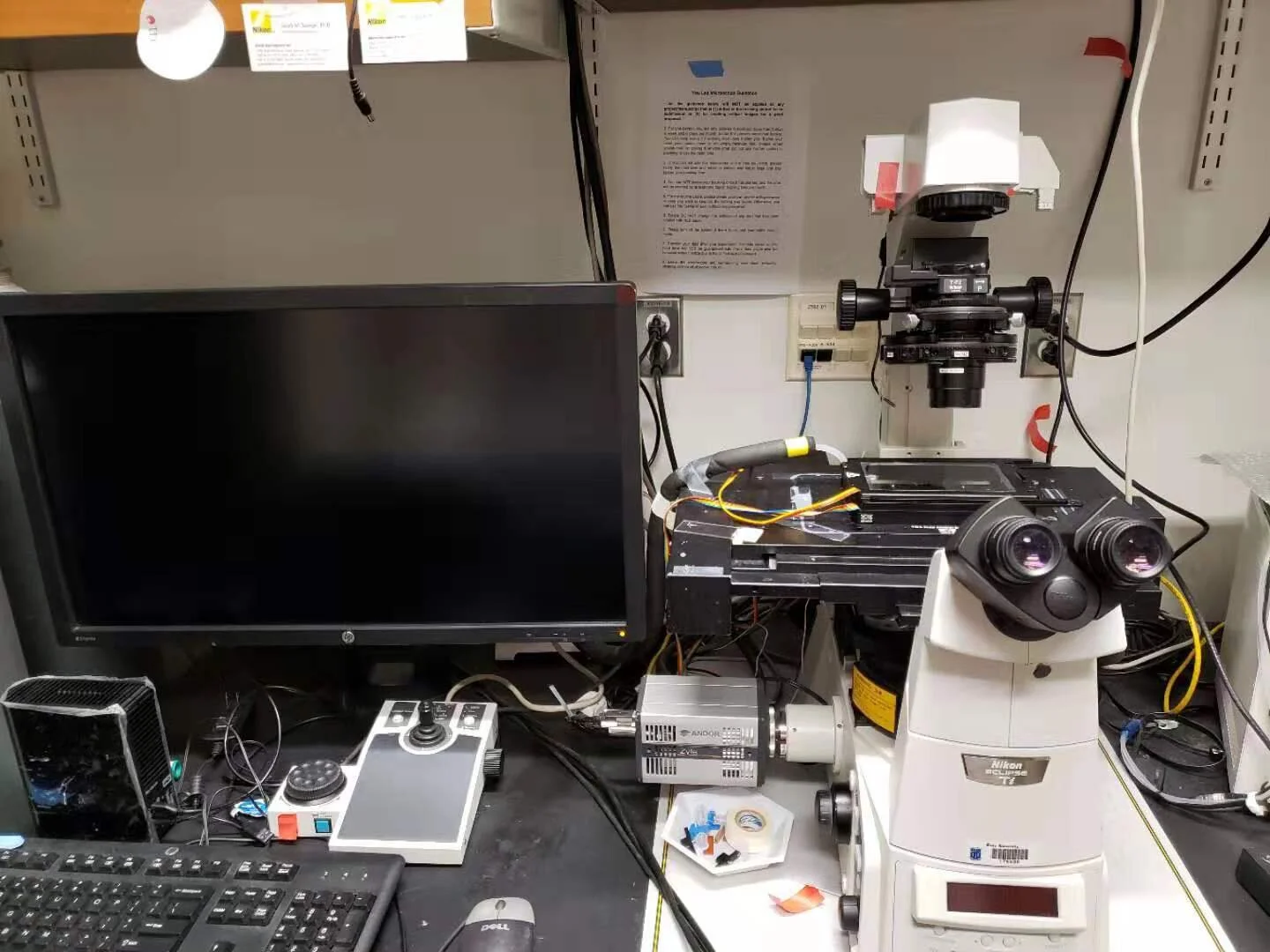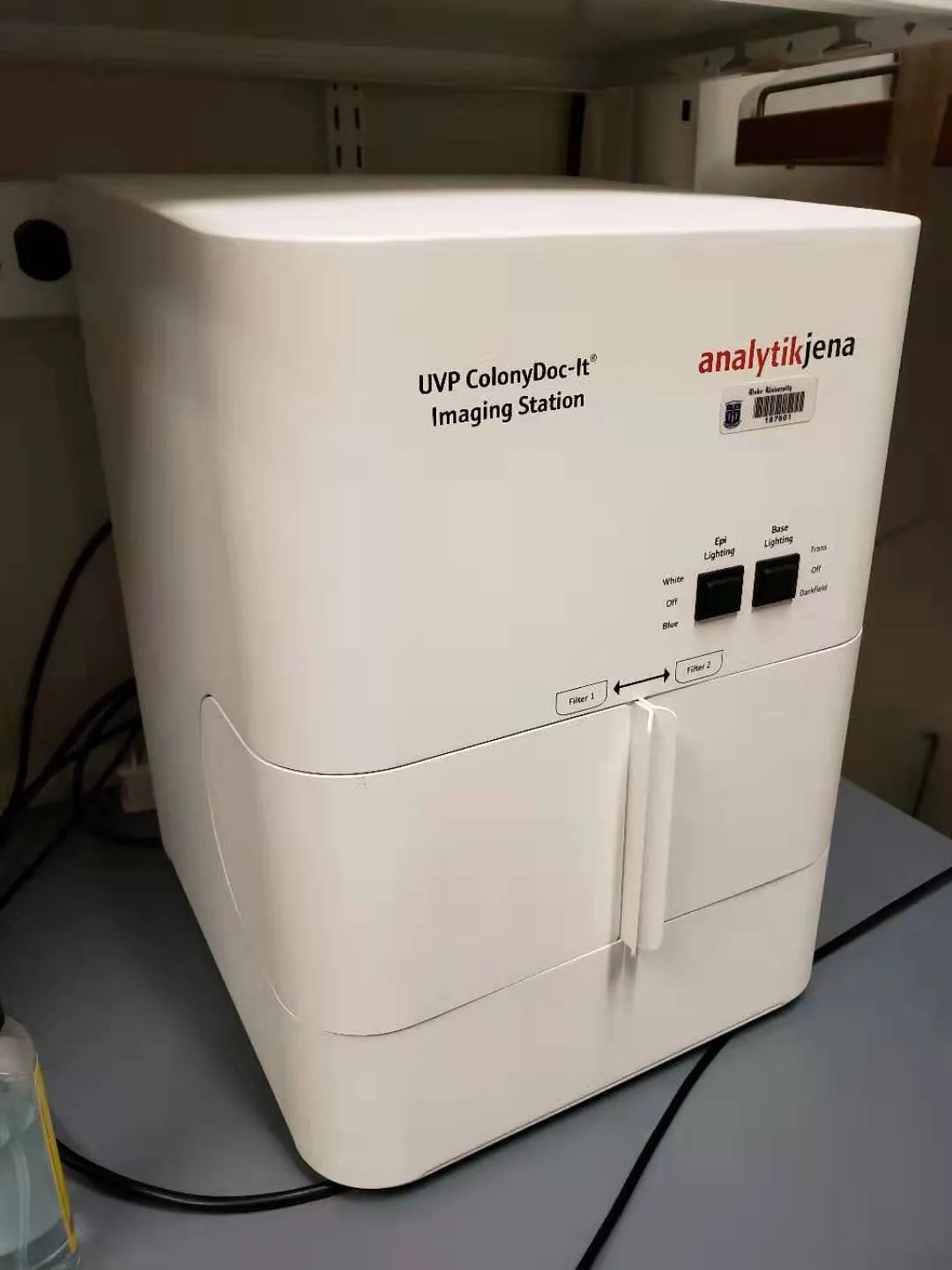Our research
Dynamics of microbial communities in time and space
Microbes are by far the most dominant forms of life on earth. In every imaginable habitat, they form complex communities, or microbial consortia, that carry out diverse functions. Microbial consortia drive the geochemical cycling of diverse chemicals and through these activities shape the earth’s climate and environment. They are also intimately tied to human physiology and health. In a way, a human being can be thought of as a bioreactor composed of ~100 trillion human cells, that hosts ten times as many microbes. Multiple factors can influence the composition and function of the gut microbiota, which in turn influences human physiology. This interplay has direct medical relevance. For example, repeated use of antibiotics to treat infections can cause drastic perturbations to the gut microbiota, often with detrimental long-term health consequences. Members of each microbial consortium may compete for resources, collaborate to process the resources, or to cope with stress. They communicate with each other by producing and responding to signaling molecules. They innovate by exchanging genetic materials. These complex interactions raise many fundamental questions regarding the evolutionary and ecological forces that shape microbial consortia. For example, what is the relationship between diversity, system stability, and functionality? What are the time scales by which the genetic diversity and system functionality evolve? What is the evolutionary benefit of gene transfer in microbial consortia? What is the contribution of spatial heterogeneity?
Addressing these questions requires precise control, manipulation, and measurement of microbial consortia to generate mechanistic insights. Our ability to do so is limited by the sheer complexity of natural consortia and the lack of understanding of the constituent microbes. Most current studies of microbial communities focus on a survey-oriented approach aimed at determining community membership. While important, these studies are largely cataloging efforts. While they generate information on the composition of microbial communities and how this is correlated with specific habitats and environmental variables, they offer limited mechanistic insights into microbial interactions.
Our central objective is to elucidate the principles underlying the maintenance and function of microbial communities and to program their dynamics in a predictable manner. Toward this goal, we integrate theoretical analysis, numerical simulations, machine learning, genomics, and quantitative experiments to analyze and control dynamics of natural or engineered microbial communities. In addition to mechanistic investigations, a current focus is on identifying proper levels of abstraction to enable effective description of a system of interest.
We have pioneered the use of cell-cell communication to engineer synthetic microbial communities (You et al, Nature, 2004; Balagadde et al, Mol Syst Biol, 2008) and to program self-organized pattern formation (Payne et al, Mol Syst Biol 2013). Our research has implications for addressing fundamental biological questions in bacterial physiology (Tanouchi et al, Nature 2015), ecology (Song et al, Nat Chem Biol, 2009; Smith et al, PNAS 2014; Tsoi et al, PNAS 2018; Wu et al, Nat Comm 2019), evolution (Tanouchi et al, Mol Syst Biol 2012; Pai et al, PNAS 2012), and development (Cao et al Cell 2016), for developing innovative technologies for biomanufacturing (Dai et al, Nat Chem Biol 2019) and materials fabrication (Cao et al, Nat Biotech 2017), and for combating antibiotic resistance crisis (Tan et al, Mol Syst Biol 2012; Lopatkin et al, Nat Microbiol, 2016; Lopatkin et al, Nat Comm, 2017; Lee et al, PNAS 2018; Meredith et al, Sci Adv 2018; Bethke et al, Sci Adv 2019). As part of our efforts, we have developed computational methods to integrate mechanistic modeling and machine learning to accelerate biological discovery and understanding (Wu et al, Nat Comm 2019; Wang et al, Nat Comm 2019).
See our publications for further details.
Research Gallery
Tools and Techniques
In the You lab, the tools and techniques we frequently use include, but are not limited to:
Plate readers, inkjet printers, liquid handling systems, robotic arms, 3D printers, microfabrication, fluorescent microscopy, and etc.
Machine learning, bioinformatics, molecular biology, and mathematical modeling




















